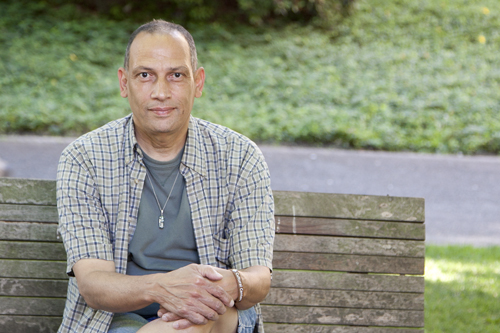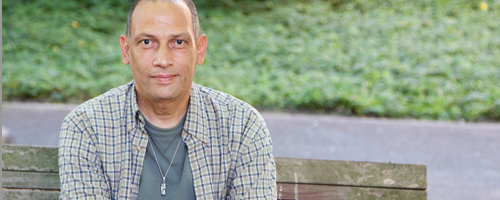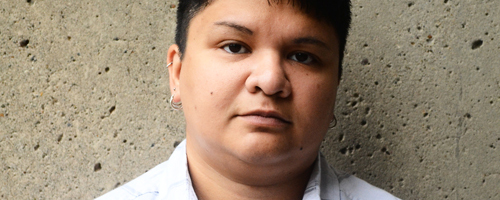Can diversity really be defined? Portland State is giving it a try by developing a Diversity Action Plan. While the plan’s stated goal is to be inclusive of everyone, some people are feeling left out.
PSU’s Diversity Action Plan proving difficult to define

Can diversity really be defined? Portland State is giving it a try by developing a Diversity Action Plan. While the plan’s stated goal is to be inclusive of everyone, some people are feeling left out.
Diversity action plans have been used by universities across the country for years. The general purpose is to promote campus diversity by defining a series of objectives with clearly measurable outcomes.
PSU’s DAP was made public in February 2012, and is currently labeled a “working document.” One student feels the 96-page plan exhibits a disconnect between its creators, the Diversity Leadership Team, and the issues that are really important to students.
“I read it, twice, and I couldn’t really believe what I was reading. Or rather, what I wasn’t reading,” said Kevin Thomas, a senior at PSU majoring in women’s studies and minoring in indigenous nations studies.
In May, Thomas was among 10 people at PSU recognized by President Wim Wiewel at the ninth annual President’s Diversity Awards ceremony for advancing diversity on campus. Upon reading the first draft of the DAP December 2011, Thomas immediately felt it was misguided; he investigated its creation process in a report for a professor.
“This says they want to be a national role model,” he said, holding up a copy of the DAP, which was covered with his notes. “This is sad. They’re more than a decade behind the other big schools in the state.”
One area of concern Thomas mentioned was the plan’s ambitious goal to improve foreign relations and gain business contacts. He explained that this takes up precious classes and resources that should be focused locally.
“[The DAP] says to increase the proportion of PSU students who go abroad,” he said. “OK, that’s a nice objective, but what does that have to do with diversity on campus?
“It’s great that we can go out and relate to people from east Turkmenistan, but what about going out and relating to people in East Multnomah County?” he asked. “We are graduating people in health fields, social work and education that know nothing about these ethnic communities in our immediate area.”
Another pressing concern for Thomas is the limited opportunity for others in the PSU community to share their thoughts on the plan. He said that while everyone can share feedback, the few people who took the time to closely read the lengthy document found their responses fell on deaf ears.
“I knew some people that sent in comments, but there was no acknowledgement that [those comments were] submitted,” Thomas said. “All the information in the comments [was] going upstairs, but nothing was coming back down.”
Thomas explained he sees the DAP simply as a document created to keep the university from being sued.
PSU Chief Diversity Officer Jilma Meneses, who oversees the DAP project, is a lawyer.
“The comments are being forwarded to my staff,” she said.
Before coming to PSU in 2010, Meneses spent 10 years working in risk management at Oregon Health and Science University. She said she took the job at PSU as an opportunity to return to equality rights issues in an executive officer role. She admitted that the DAP has a global focus, and that it has its fair share of flaws.
“Is this a perfect plan? No, but it’s a start,” Meneses said. “[The DAP] is an attempt to make people at all levels think of diversity, but it’s not complete. We’re [going to] see results gradually.”
Meneses said that part of the struggle to create a plan that everyone can agree upon stems from the difficulty of defining the term diversity. She explained that diversity is larger than just race—it extends to, among many other categories, gender, culture and sexual preference.
She added that everyone needs to be individually accountable for promoting diversity inside and outside of Portland, and that’s what the DAP aims to do.
“We want to be leaders in cultural competency, and the best way to learn is to travel,” Meneses said. “Having well-traveled people at PSU will make foreign students want to come here and want to stay here.”
As far as Thomas’ issues with the DAP, Meneses said she acknowledges them, and explained that concerns like his are what makes the plan a working document.
She also said that the Diversity Leadership Team has conducted a self-assessment to determine if their objectives in the DAP are being met. According to Meneses, the results of the assessment will be released to the public soon, but she did not provide a specific date.
Students are encouraged to read the Diversity Action Plan for themselves and share their comments at pdx.edu/president/diversity-action-plan-2012.





